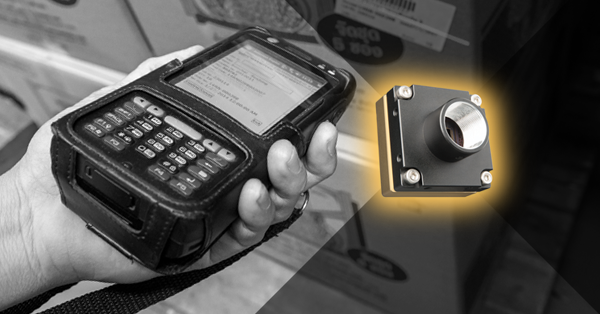What material is used for the sensor windows of FLIR's uncooled cameras? Does the window have an anti-reflection (AR) coating? Can these cameras image below 8µ?
This answer applies to FLIR's Quark2, Tau2, and legacy Photon camera models. The sensor window used in FLIR's uncooled cameras is a silicon substrate, with an anti-reflection (A/R) coating. Without an A/R coating, the responsivity (sensitivity) of the sensor would be significantly degraded, as the transmission of a bare silicon window is about 50% across the infrared spectrum. The A/R coating FLIR uses has an integral long pass (solar blocking) filter. This filter suppresses transmission below 7µ. For customers that want to image below 8µ, the coating will be an inhibitor.
The microbolometer structure itself is “tuned” for the long wavelength infrared (8µ to 14µ) or LWIR part of the spectrum, so even with a broadband A/R coating, the sensor’s sensitivity would be degraded below 8µ.


